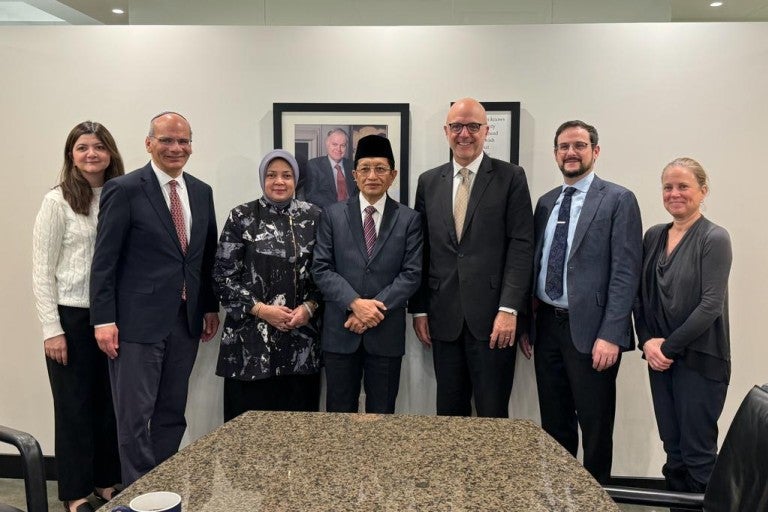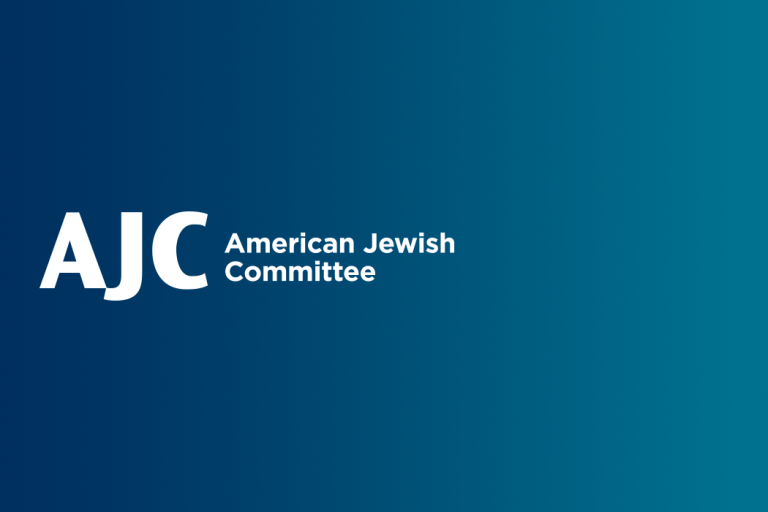August 9, 2010
The Jewish Journal
By Gary Greenebaum and Noam Marans
Hitler loved the Oberammergau Passion Play so much he saw it twice. Not surprising. The script was crammed with anti-Jewish elements that supported his agenda of genocidal hate. On stage, Jewish mobs attested to the Matthew blood curse of “[Jesus’] blood be upon us and upon our children” as they screamed, “Crucify him! Crucify him!” at the climax of the drama. Even the Jewish priests wore costumes complete with horns.
The Oberammergau Passion Play could not be ignored. It was virulently anti-Jewish, seen by half a million pilgrims every ten years, and widely considered to be the standard for Passion plays throughout the world.
Although the American Jewish Committee (AJC) and other Jewish organizations began in 1970 to advocate for reforming the Play’s depiction of Jews, significant change did not occur at Oberammergau until 1990.
In 1965, the Catholic Church’s Second Vatican Council issued the Nostra Aetate proclamation, indicating that Jews should not be held collectively responsible for the death of Jesus. Nostra Aetate gave Jewish organizations the leverage they needed to begin to expose the anti-Jewish elements of the play and challenge Oberammergau’s perpetuation of deicide accusations against the Jews. But the process moved excruciatingly slowly—especially in conservative Bavaria, where Oberammergau is located.
When Oberammergau Passion Play reform began to pick up speed in 1990, it was partly because Germany itself was changing. Young Germans were asking important questions about their nation’s anti-Semitic past. Among them were Christian Stueckl and Otto Huber, the director and deputy director of the Oberammergau Passion Play since 1990.
Stueckl, born to a long line of famed Oberammergau actors, was elected as director by his fellow citizens at age 26. Stueckl tells the story that as a teenager he asked his grandfather the meaning of “anti-Jewish,” a phrase he had encountered in a publication critical of the locally beloved Play. His grandfather, like many Germans who were adults during World War II, was reluctant to speak about the past, and refused to answer.
Nonetheless, Stueckl, together with Huber, started convincing many in Oberammergau – a village of 5000 that has clung to its decennial Passion Play traditions since 1634 – that in light of the Shoah and the play’s German venue, the infamous drama would have to undergo a serious metamorphosis.
It did.
Stueckl’s election as the play’s director, a contest which pitted reformists against the village’s staunch traditionalists, invigorated the process of editing out the Play’s anti-Jewish tropes. Among other changes, the 2010 Jesus is unequivocally Jewish and not a Christian killed by Jews. His death is portrayed as more political than religious. Stereotyping of Jews through costume and character has been reduced, though not yet eliminated.
Christian and Jewish scholars will need to address the Play’s remaining problems. But they will find a receptive partner in Stueckl. Thanks to him, the 2010 play bears little resemblance to its venomous pre-1990 versions.
One of Stueckl’s innovations is a trip to Israel that he leads months before rehearsals begin. Stueckl and the Play’s principal actors travel to sites significant in the life of Jesus. They also explore modern Israel, visit Yad Vashem, and meet with Holocaust survivors.
While the rehabilitative process is not complete, the time has come for the Jewish community to recognize Stueckl’s significant achievements.
Stueckl is a remarkable individual who has confronted the dark past of recent German history. Considering there are no Jews living in Oberammergau, his drive is even more impressive. Stueckl did not even encounter a Jew until his twenties, when he first met the Play’s American Jewish critics.
Few places on earth have tested progress in Catholic-Jewish relations more than Oberammergau. It was in that spirit that the moderator of Jewish affairs for the United States Conference of Catholic Bishops, Archbishop of New York Timothy Dolan, accepted our invitation to view the play with AJC. The joint Catholic-Jewish delegation spent a day in July in conversation with Stueckl, Huber, village leadership and principal actors.
No one should take for granted the considerable advances in Catholic-Jewish relations since Nostra Aetate. But regarding Oberammergau, although the mission of reforming the Play is not complete, we are no longer in pre-Stueckl 1984, and we are certainly not in 1934. It is time for the Jewish community to recognize the good which has been done.
Rabbis Gary Greenebaum and Noam Marans are AJC’s director and associate director of Interreligious and Intergroup Relations.


